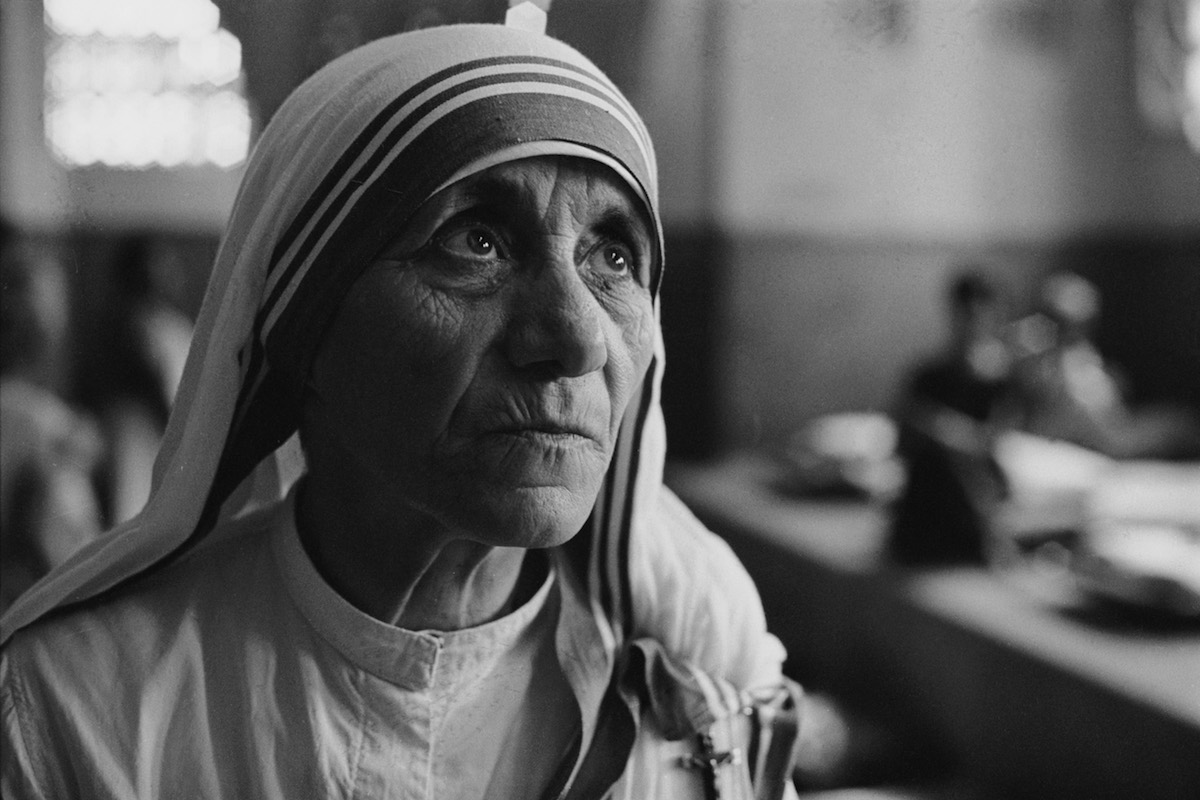
When Mother Teresa died at age 87 on Sept. 5, 1997 — precisely 20 years ago this Tuesday — after a years-long period of ill health, the world was sorrowful but not shocked. And the event was, in many ways, overshadowed by the death, just a few days earlier, of Princess Diana. As TIME columnist Roger Rosenblatt noted, the two had actually been together just a few months earlier in New York City, and their meeting had highlighted the differences and similarities between two women whose lives had spoken to hearts around the world.
And yet, though Mother Teresa’s life and death were the quieter ones, he wrote, they were ultimately the more significant.
“To note that is not to compare them unfavorably, as they would not have thought of themselves as comparable,” Rosenblatt wrote. “They gravitated toward each other that day last June out of an intuitive love of the mystery of people. One is left with a similar affection for them, whom we knew on the way.”
As the magazine explained in its obituary, such a life was not a foregone conclusion for Mother Teresa:
The woman who became Mother Teresa was born Agnes Gonxha Bojaxhiu on Aug. 26, 1910, the daughter of a prosperous, ethnic Albanian business contractor in Skopje, now the capital of Macedonia. When she was seven, her father Nicholas died during what may have been a Balkan ethnic brawl. She would always be silent about her early life, but she told Muggeridge she had a vocation to serve the poor from the time she was 12. At 18, Agnes joined Ireland’s Sisters of Loreto and took the name Teresa in honor of the French saint Thérèse of Lisieux, renowned for her piety, goodness and unflinching courage in the face of illness and early death.
After a brief period in Rathfarnham, where she learned English at the order’s abbey, Sister Teresa sailed for India. She spent the next 17 years as a teacher and then principal of a Calcutta high school for privileged Bengali girls. It was on Sept. 10, 1946, during a train ride to Darjeeling for a religious retreat, that Teresa received a “call within a call” in which she felt God directed her to the slums. “The message was quite clear,” she told colleagues. “I was to leave the convent and help the poor whilst living among them. It was an order.”
Two years later, after her adopted homeland won independence, Teresa received permission from Rome to strike out on her own. Attracting a dozen disciples, she started what she called her “little society.” The nuns crept along the harsh streets of Calcutta in search of mankind’s most miserable; the sisters had to beg for their own support, even their daily meals. “There were times during the first three or four months,” says Teresa’s biographer, Navin Chawla, “when she’d be humiliated, and tears would be streaming down her cheeks. [She] told herself, ‘I’ll teach myself to beg, no matter how much abuse and humiliation I have to endure.'”
She soon asked the Vatican if she and her followers could take a vow supplementary to those of poverty, chastity and obedience: “to devote themselves out of abnegation to the care of the poor and needy who, crushed by want and destitution, live in conditions unworthy of human dignity.” It took Rome two years to say yes, and in 1950 the Vatican formally established the Missionaries of Charity, commanding members of the order “unremittingly” to seek out the poor, abandoned, sick, infirm and dying. Teresa warned that it was work few persons could endure; each volunteer was told that only a “burning fire” would succeed. With the establishment of the order, Sister Teresa became Mother Teresa, leading a ministry to the destitute, doomed and dying. The order’s guiding theme was her own: “Let every action of mine be something beautiful for God.”
In a particularly poignant letter to the editor, however, one reader objected to the article’s description of her cause of death: “Let it not be said that Mother Teresa died of heart failure,” he wrote. “It is far more accurate to say she had at long last given all her heart away.”
Mother Teresa officially became a saint last year.
More Must-Reads from TIME
- Cybersecurity Experts Are Sounding the Alarm on DOGE
- Meet the 2025 Women of the Year
- The Harsh Truth About Disability Inclusion
- Why Do More Young Adults Have Cancer?
- Colman Domingo Leads With Radical Love
- How to Get Better at Doing Things Alone
- Michelle Zauner Stares Down the Darkness
Write to Lily Rothman at lily.rothman@time.com